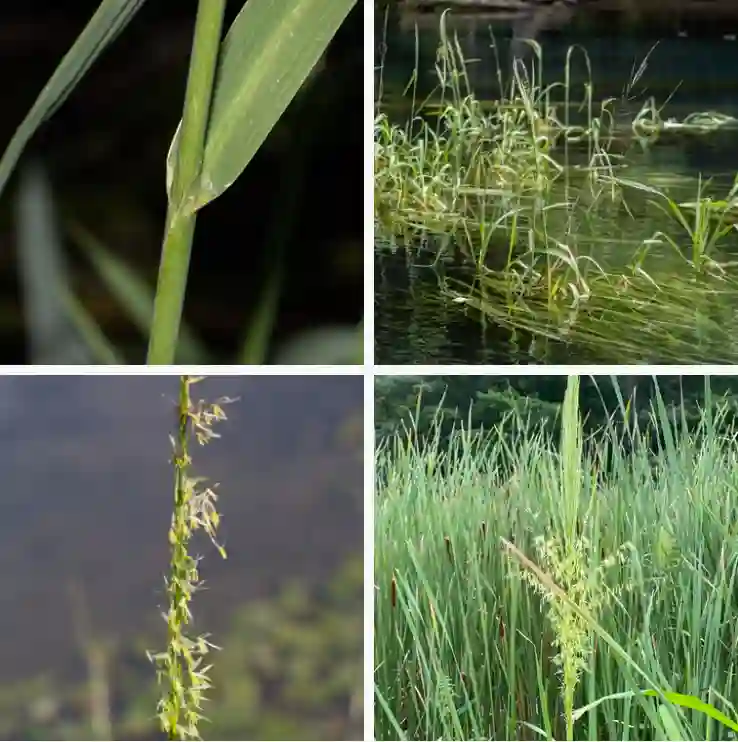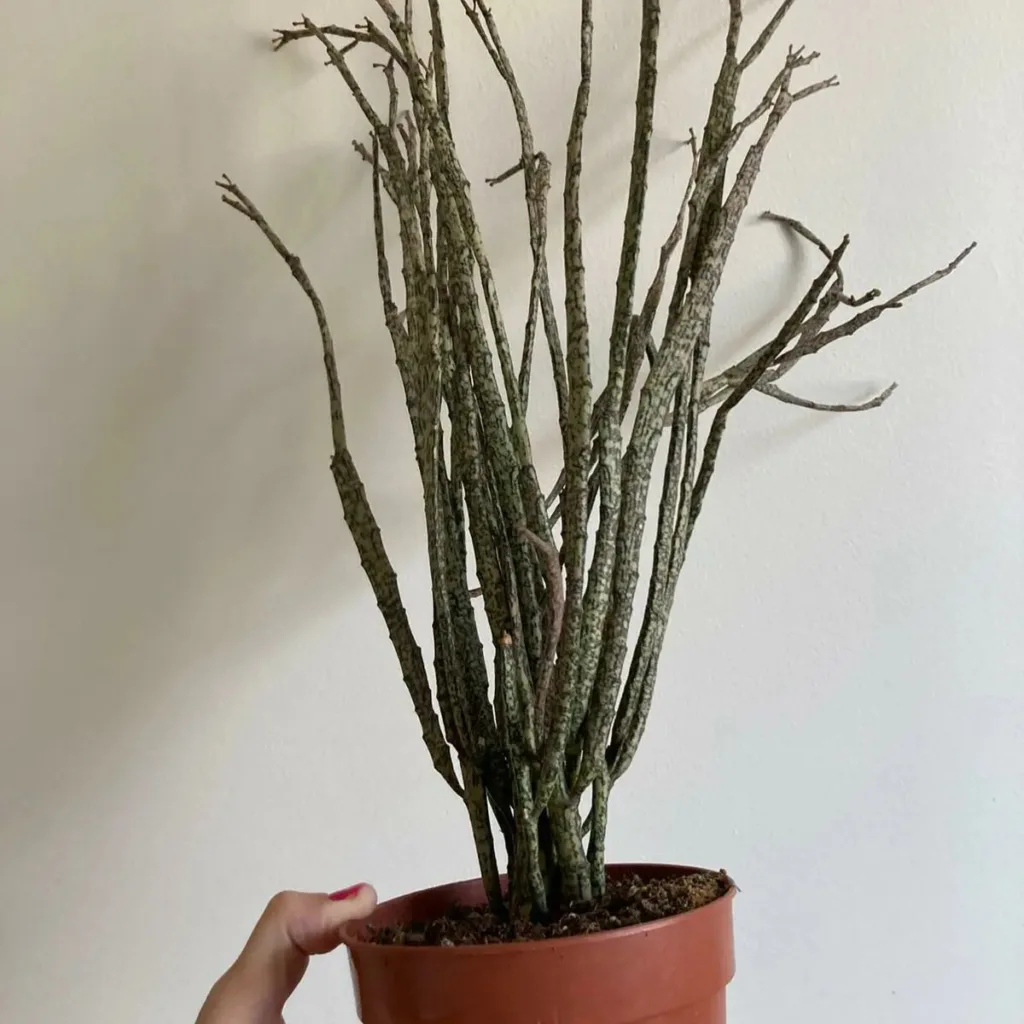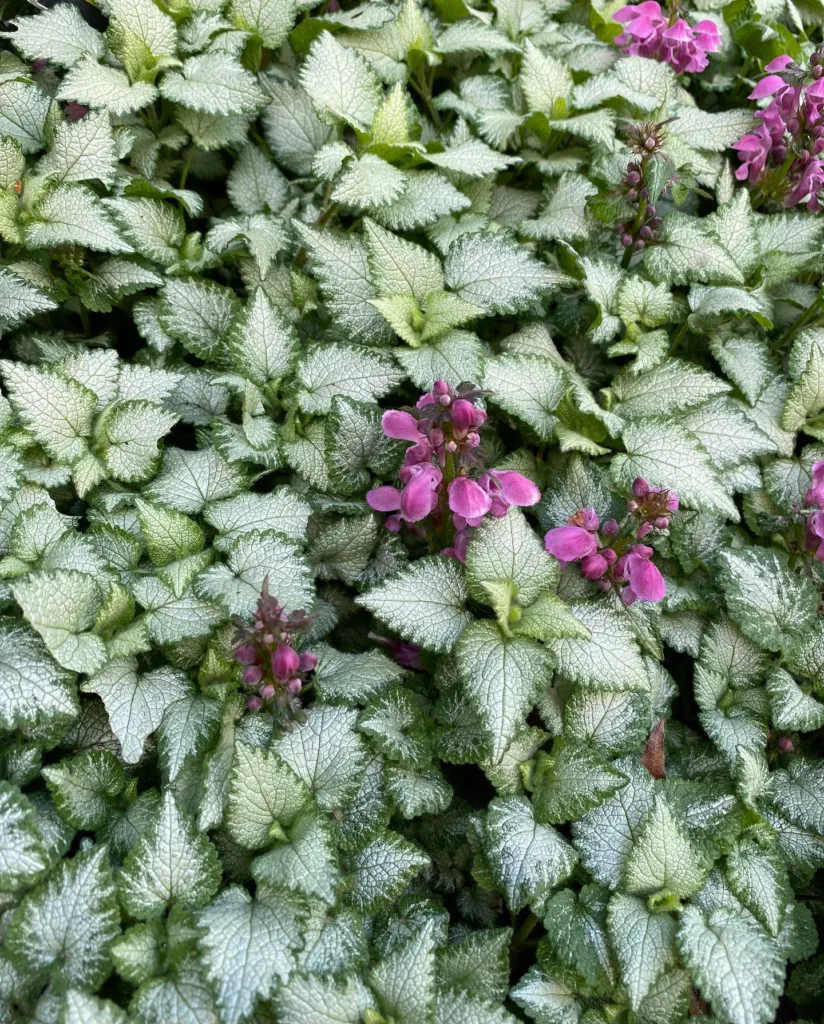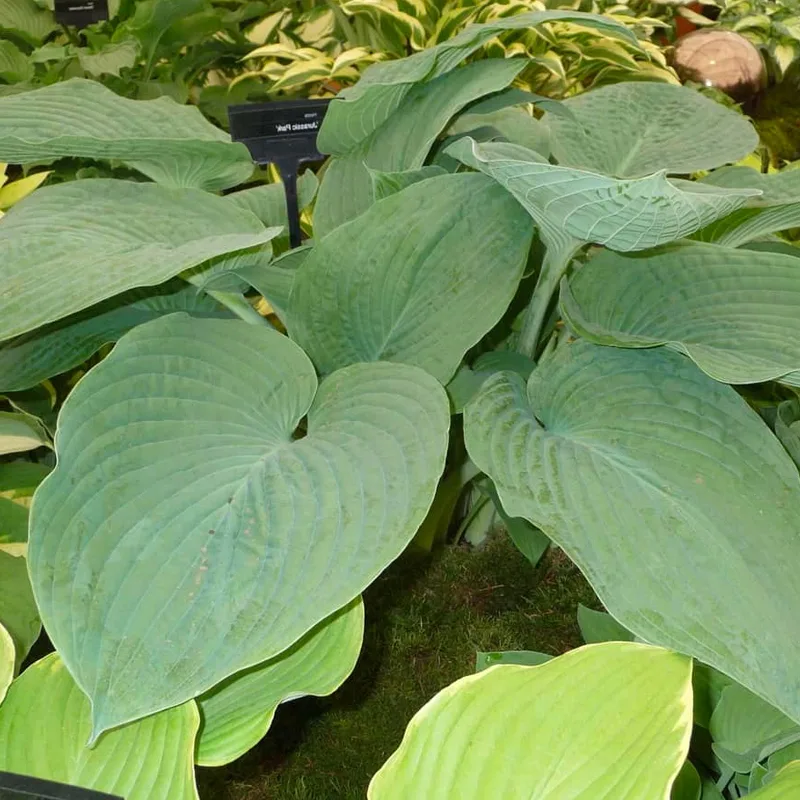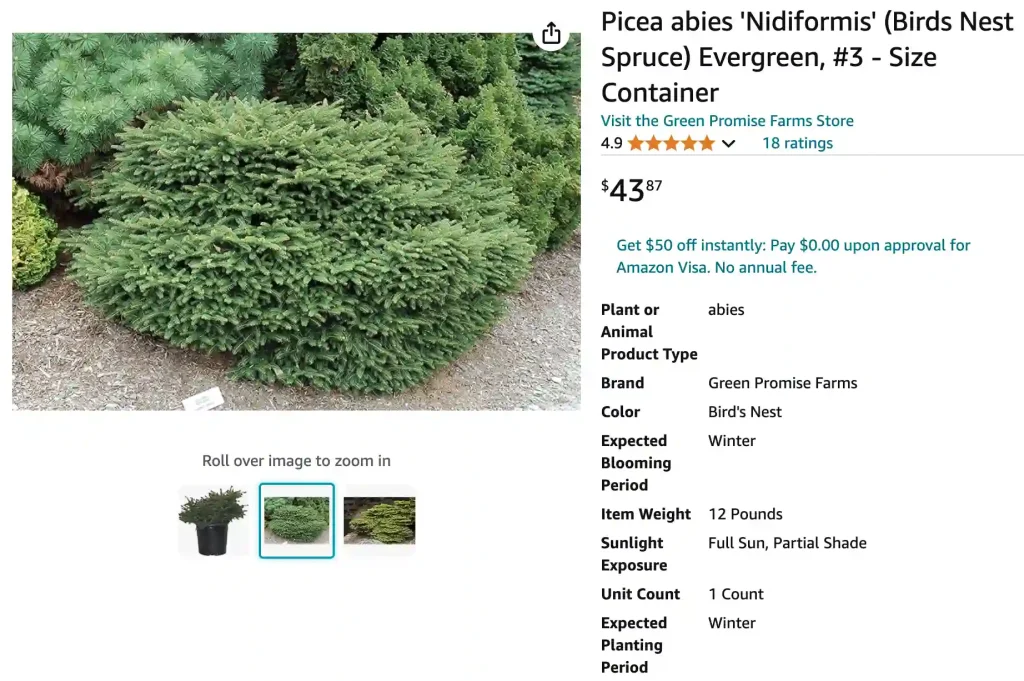
What is Picea Abies Nidiformis?
Picea Abies Nidiformis, commonly known as the Nest Spruce or Bird’s Nest Spruce, is a compact, evergreen conifer that forms a dense, cushion-like shape. This variety of Norway Spruce (Picea Abies) is prized for its unique, low-growing habit and attractive foliage. Unlike other spruce varieties, the Nidiformis tends to grow horizontally rather than vertically, making it an excellent choice for ground cover or low hedging.
41 Species in Genus Picea
How to Care for Picea Abies Nidiformis?
Caring for Picea Abies Nidiformis is relatively straightforward, but there are a few key points to ensure its health and vitality:
- Sunlight: This spruce thrives in full sun to partial shade. It prefers at least 6 hours of direct sunlight each day but can tolerate some shade.
- Soil: The Nest Spruce grows best in well-draining soil. Sandy loam or loamy soil with a slightly acidic to neutral pH is ideal. Avoid heavy clay soils that retain water, as these can lead to root rot.
- Watering: While drought-tolerant once established, young plants need regular watering to develop a strong root system. Water deeply but infrequently to encourage deep rooting. Ensure the soil is moist but not waterlogged.
- Fertilizing: Feed Picea Abies Nidiformis once a year in early spring with a balanced, slow-release fertilizer. Avoid over-fertilizing, as this can lead to excessive growth and weaken the plant.
- Pruning: Minimal pruning is required. Remove any dead or damaged branches to maintain the plant’s shape and health. Prune lightly to control size if needed, but avoid heavy pruning which can harm the plant.
How to Propagate Picea Abies Nidiformis?
Propagating Picea Abies Nidiformis can be done through two main methods:
- Seeds: Collect seeds from mature cones in late summer. Clean the seeds and stratify them in a cold, moist environment for about 6 weeks. Sow them in a seed-starting mix, covering lightly. Keep the soil moist and warm. Germination can take several weeks.
- Cuttings: For faster results, take semi-hardwood cuttings in late summer or early fall. Dip the cut ends in rooting hormone and plant in a mix of peat and perlite. Keep the cuttings in a humid environment and maintain consistent moisture until roots develop.
What to Plant with Picea Abies Nidiformis?
Picea Abies Nidiformis pairs well with various plants to enhance its beauty and functionality in the garden:
- Perennials: Combine with shade-tolerant perennials like Hostas, Astilbes, or Heucheras to create a lush, layered garden bed.
- Ground Covers: Plant with ground covers such as Creeping Thyme or Ajuga to fill gaps and create a cohesive look.
- Rocks and Gravel: Use decorative rocks or gravel around the Nest Spruce to highlight its unique form and add visual interest.
- Annuals: Add annuals like Impatiens or Begonias for seasonal color contrasts.
Is Picea Abies Nidiformis Toxic?
Picea Abies Nidiformis is not considered toxic to humans or pets. However, ingestion of large quantities of plant material could potentially cause mild digestive upset in animals. As a general precaution, it’s always a good idea to keep plants out of reach of pets and small children.
Benefits of Picea Abies Nidiformis
Picea Abies Nidiformis offers several benefits:
- Low Maintenance: It requires minimal care compared to other conifers, making it an excellent choice for busy gardeners.
- Aesthetic Appeal: Its unique shape and dense foliage add texture and interest to garden landscapes, especially in rock gardens or as ground cover.
- Versatility: Suitable for a range of garden settings, from small urban gardens to large estates. It can also be used in containers for patio or balcony gardens.
Common Problems with Picea Abies Nidiformis
While generally hardy, Picea Abies Nidiformis can encounter some issues:
- Pests: Watch for common pests like spruce spider mites or aphids. Regular inspection and appropriate insecticidal treatments can manage these problems.
- Diseases: The Nest Spruce can be susceptible to fungal diseases such as needle cast or rust. Ensure good air circulation around the plant and avoid overhead watering to reduce the risk of fungal issues.
- Winter Damage: In colder climates, protect the plant from extreme winter winds and heavy snow by providing a windbreak or using burlap wraps.
Compare Picea Abies Nidiformis with Similar Plants
Picea Abies Nidiformis is often compared to other low-growing conifers:
- Picea Abies ‘Conica’: Known as the Dwarf Alberta Spruce, it has a more conical shape compared to the Nest Spruce’s cushion-like form. ‘Conica’ grows more slowly and requires more frequent pruning to maintain its shape.
- Juniperus Communis ‘Compressa’: This dwarf juniper has a similar low-growing habit but with a more columnar shape. It offers different foliage texture and color compared to the Nest Spruce.
- Taxus Baccata ‘Repandens’: Also a low-growing conifer, it provides a more spreading habit and softer foliage. It’s an excellent alternative if you prefer a different texture in your garden.
In conclusion, Picea Abies Nidiformis is a versatile and attractive plant that can enhance any garden with its unique form and minimal care requirements. Understanding its care needs and potential issues will help ensure a healthy and beautiful addition to your landscape.
If i die, water my plants!
